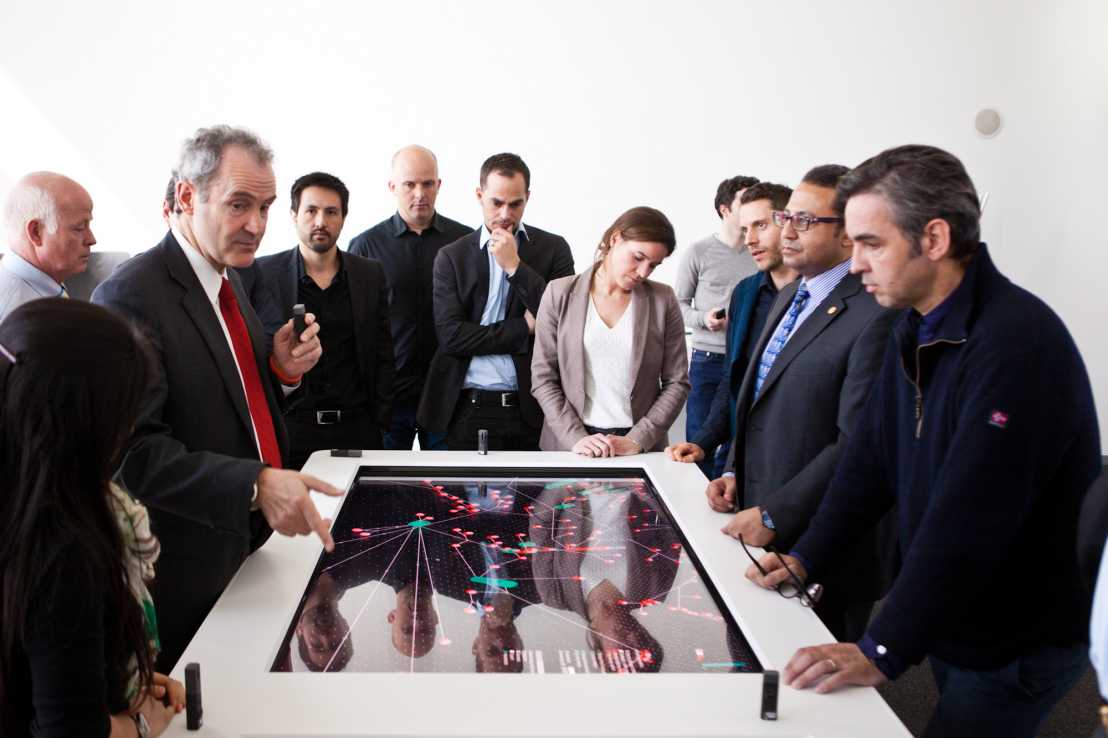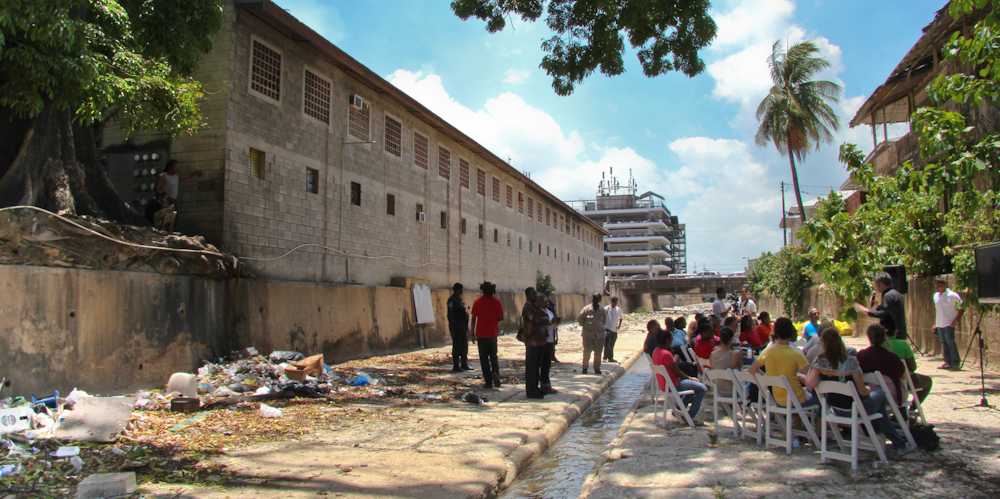Joining Forces for Integrated, Sustainable Cities
In late March, our Chair of Architecture and Urban Design joined forces with the State Secretariat for Economic Affairs to bring global actors in urban development to ETH Zürich for a roundtable. Reaching out beyond academia, it was a chance for us to explore how together we can devise collaborative solutions to the most pressing urban challenges.
The next decade will be decisive for cities in the global South. We are fast approaching our last chance to define a sustainable urban model for the future. Of the majority of the world’s population now residing in cities, one-third live in informal settlements – impoverished areas characterized by temporary housing structures, insecure tenure, and a lack of adequate infrastructure and basic services. This group of approximately 900 million people is expected to rise sharply in the next 15 years, with the total urban population in the global South projected to almost double in that time. When you add the fact that urban areas have become the main drivers of local, regional and national economies you can understand why cities have gained increasing prominence in the international development agenda.
Integrated development is key
But while most international development agencies have already initiated urban programs the key challenge today is achieving a more integrated approach. This does not just mean coordinating across sectors to target problems in a more systematic, holistic manner (water, transport, energy, housing), but also ensuring the voices at the table represent the diversity of stakeholders in the city, building upon pre-existing resources and identified potential. Bringing together various disciplines, and connecting researchers with policy-makers, administrators and project managers on the ground, promises the ability to boost the social and economic impacts of urban development initiatives.
It’s for this reason that our chair has been working since 2011 with the Inter-American Development Bank’s (IDB) Emerging and Sustainable Cities Initiative, and partnered more recently with the Swiss Secretariat for Economic Affairs’ (SECO) Infrastructure Financing Department. First in Trinidad and Tobago, and then in Barranquilla, Colombia, we are integrating existing urban knowledge between different departments at ETH Zürich, translating this to the Latin American context, and combining it with local research to design sustainable, integrated solutions.
In Trinidad and Tobago, for instance, we identified a canal that was not only routinely flooding the bus station and market, but also dividing slum neighborhoods from the rest of the city. In response, we redesigned the canal as a linear park that would connect different social facilities, bridge the gap between the neighborhoods, and mitigate the impact of flooding. On the basis of this design proposal, international funders have now pledged $120 million to transform the canal.
Having joined forces with SECO in a pilot program, we’re now exploring the potential of what can be achieved on a similar scale in Barranquilla. So far, we have identified carnival as a key resource in the city – a vibrant event that brings together economic activity, creative industries, new forms of public space, and above all a clear sense of community. Working with local partners at Universidad del Norte, we are developing a prototype for a vocational arts school that would also serve as a model of sustainable building.
Global partners

The urban development roundtable represented another step in this direction. In collaboration with SECO, we brought together some of the world’s major players and funders of urban development, including the World Bank, the Cities Alliance, the Cities Development Initiative for Asia, and IDB. These are institutions with a decisive impact on how questions of urban development are framed, how funds are targeted, and how decision-makers at the city level prioritize and deliver major projects and programs.
By placing everyone in one room, and connecting them with exciting urban research happening at ETH such as the Future Cities Lab, we hoped to identify synergies and demonstrate how universities can contribute not only through cutting edge design and technology, but also by educating the next generation of city-shapers. The discussions only confirmed our belief that we must train students to work across technical, economic and governmental divides. Luckily, we are also convinced ETH Zürich is a perfect place to achieve this.
Next steps
By the end of the event, it was clear to all participants that more integrated urban development solutions demand the kind of coordination, knowledge sharing and collaborative trend forecasting the roundtable facilitated. From an ETH perspective, the roundtable also provided an important opportunity to showcase the value of our institution as an innovative environment conducive to creative, out-of-the-box thinking when it comes to the future of cities worldwide.
This text was co-written by Alfredo Brillembourg, Hubert Klumpner and Alexis Kalagas.
Further information
Read more about the project in Port of Spain, Trinidad and Tobago, and the new project in Baranquilla, Colombia.
